Thanks to vast, awe-inspiring landscapes, the wild west makes for a fantastic cinematic backdrop. Specific locations within the western movie genre often include ranches and saloons. But when the film’s respective protagonists find themselves stranded in isolated deserts and venturing across grand mountainsides, truly spectacular shots from the camera start to come into play.
Of course, most films on this list succeed cinematographically no matter where the camera is located in a respective scene. It’s how the cinematographers place and move the camera that makes these projects stand out. All that said, these are thirteen westerns with incredible cinematography.
13 Stagecoach (1939)
Filmed in black-and-white, Stagecoach (1939) obviously had a few technical limitations at the time of its production — the paucity of wide-screen applications, for example — that held it back from a higher spot on the list. But still, it’s worth writing home about thanks to some frankly innovative techniques with regard to general camerawork.
Take the use of chiaroscuro lighting and blending of shadows, just to name a few techniques by a master of the trade in Bert Glennon. This is one of many collaborations between Ford and Glennon, but undoubtedly their most famous. It just might be their best, too.
12 Django Unchained (2012)
Written and directed by Quentin Tarantino, the opening credits scene of Django Unchained (2012) features an engrossing score in tandem with a perfect portfolio of photos. The shots were led by Robert Richardson — not exactly a well-known name, though you’d undoubtedly recognize his other pieces on top of his work herein.
But speaking of: Django Unchained features lively camera movements around each corner of its stylistic plot, from whip zooms to close-ups, with instantly recognizable angles to boot. This story of a freed slave who goes on a quest to free his wife amid a large plantation in the Antebellum South without a doubt deserves this spot at number eleven.
11 How the West Was Won (1962)
As one of the most famously sprawling epics of its era, How the West Was Won (1962) clocks in with a whopping two-hour and forty-four-minute runtime. By dint of this length, the film was split into multiple segments, each acting as a sort of chapter with their own titles and stories. And thus, multiple creatives were credited with the direction and even the camerawork herein.
The product itself has been selected by the Library of Congress for preservation in the National Film Registry and picked up eight nominations at the 36th Academy Awards. And many of those accolades can be attributed to the sprawling scenery and majestic shot value at work here in How the West Was Won. It’s undoubtedly worthy of a spot on the list.
10 The Power of the Dog (2021)
Directed by Jane Campion, this marks the most recent film on the list by a decent margin. But it’s also the first film on the list to be set in the wilderness of Montana, as its plot chronicles Benedict Cumberbatch’s character Phil Burbank who faces conflict with his brother when the latter brings home a new wife — a single mother, no less.
And shot by Ari Wegner, its cinematography was one of twelve filmmaking elements that garnered recognition at the 94th Academy Awards. The most nominations of the ceremony, with Dune (2021) by Denis Villeneuve in second with ten. The Power of the Dog (2021) undoubtedly deserved those honors and could have even won for its camerawork. But it comes in at number ten.
9 Dances With Wolves (1990)
And also landing in the top ten was Kevin Costner’s directorial debut, which controversially won him the awardfor Best Director at the Oscars. Without a doubt a snub, but that’s another conversation entirely. Ignoring the element that robbed Martin Scorsese of a win with Goodfellas (1990), though: the camerawork in Dances With Wolves (1990) without a doubt stands out as one of its most impressive filmmaking feats.
It was shot by Dean Semler and follows Costner’s protagonist Union Army Lieutenant John J. Dunbar as he meets a group of Lakota while venturing toward the American frontier. But what’s further worth noting here is that it’s the first film of the bunch that actually walked away victorious for the honor at hand at the Oscars. Pretty impressive stuff from Semler.
8 Unforgiven (1992)
Written and directed by Clint Eastwood — who also starred as Will Munny — Unforgiven (1992) is among the most well-regarded westerns on the list. It was nominated for a bevy of awards at its respective Oscars ceremony, and even won for Best Picture. And among the other nominations was one for Best Cinematography for Jack N. Green. And sure, he ended up losing to Phillipe Rousselot for A River Runs Through It (1992).
But still, Green obviously showed a valiant effort with his work on Unforgiven. Its plot follows Munny alongside Morgan Freeman’s character Ned Logan as they take on one last job as outlaws. And while Green’s work wasn’t exactly revolutionary, it undoubtedly played a part in producing the overall product.
7 The Hateful Eight (2015)
Marking the second film on the list to be written and directed by Quentin Tarantino, it also marks the second entry to be shot by Robert Richardson. This is the best of their collaborations, too, and if you need confirmation for that, look no further than the sprawling opening scene of The Hateful Eight (2015). Of course, much of the intrigue therein can be attributed to the film’s atmospheric score.
But this is one of those aforementioned entries that puts a bit of a twist on what’s generally viewed as the wild west from a perspective of weather and landscape. The film takes place amid a massive snowstorm, in other words, with the majestic blankets of white acting as the perfect bedding to the film’s shot value in general.
6 Legends of the Fall (1994)
Based on Jim Harrison’s 1979 novella of the same name, Legends of the Fall (1994) was directed by Edward Zwick, and it had a couple well-known names among the cast. Take Brad Pitt as the lead, for example — the biggest role of his career up to that point — along with Anthony Hopkins. But with regard to the cinematography: Legends of the Fall was shot by John Toll.
And while most critics agree that its story of three brothers and their father living in the plains of Montana didn’t exactly meet the mark, the project at hand did accrue three nominations at the Academy Awards. And what’s most impressive is that the aforementioned cameraman actually won for Best Cinematography. It was well-deserved as perhaps the most notable element of the film as a whole.
5 Butch Cassidy and the Sundance Kid (1969)
As one of the greatest cinematographers to ever do it, Conrad Hall picked up ten total nominations at the Academy Awards throughout his acclaimed career. He won three of those, with the first victory of the bunch coming by way of the western at hand: Butch Cassidy and the Sundance Kid (1969). It of course stars Paul Newman and Robert Redford in the respective titular roles and goes down as one of the genre’s most definitive titles, period.
It received widespread acclaim for its script, original score, and of course its carefully crafted camerawork. And that wasn’t just due to the picturesque scenery featured herein, but also the creative angles and movements chosen by Hall. It ultimately comes in at number five.
4 The Good, the Bad and the Ugly (1966)
Undoubtedly among the most famous titles on the list, this final entry of Sergio Leone’s Dollars Trilogy succeeds on a variety of technical filmmaking levels. It feels almost redundant to analyze. And among the more studied elements featured herein would be the craft at hand: the cinematography by Tenino Delli Colli.
The final shootout between the titular characters is renowned in the western realm of American cinema and beyond for its superb setup and excellent execution. That’s regarding the script, though. Its camerawork utilizes iconic long shots and close-us to render the scene truly special, landing The Good, the Bad and the Ugly(1966) here at number four.
3 No Country for Old Men (2007)
Directed by Joel and Ethan Coen, this adaptation of a novel from 2005 of the same by Cormac McCarthy was shot by a legend of the trade in Roger Deakins. And for anyone looking to study the careful craft of camerawork, these top three picks are all the cream of the crop. It’s a staple at this point in the list for westerns to feature impressive landscapes that stretch across their respective frames.
But when analyzing the cinematography, try to home in on the final motel scene, where Sherrif Ed Tom Bell enters a room looking for the antagonist, Anton Chigurh. The methods of lighting and shadows and specific colors utilized therein will stand out in your mind until the final credits roll. And in the end, No Country for Old Men(2007) comes in at number three.
2 The Assassination of Jesse James by the Coward Robert Ford (2007)
Written and directed by Andrew Dominick, this marks yet another — and the final — entry that was shot by Roger Deakins. And with The Assassination of Jesse James by the Coward Robert Ford (2007), the famous cameraman himself will tell you that this is his best work.
Each of his tactics were among the most legendary instances of their use in modern films of this ilk — mesmerizing movements and judicious angles, for example. The camera has a goal, in other words. It isn’t just a vehicle to tell the story, but almost like a character in itself with its own personality and specific eccentricities. Some truly legendary work.
1 The Searchers (1956)
Filmed in technicolor and shot with VistaVision format, The Searchers (1956) marks yet another entry on this list that features grand establishing shots of awe-inspiring landscapes. Director John Ford was known for filming his projects in Monument Valley, Arizona, and that was the case here with a picturesque rock formation known as the Twelve Dancers.
But what’s perhaps most prominently worth noting here is the ending shot through the doorway of the homestead at the Jorgenson family ranch. There’s a deep, poetic nature imbedded within the shot itself aside from its inherent beauty and intrigue. In the end, The Searchers is commonly cited among the best films ever made, easily one of the best of its kind, and the most definitive collaboration between director John Ford and actor John Wayne. Much of that acclaim can be attributed to the sprawling camerawork featured herein.
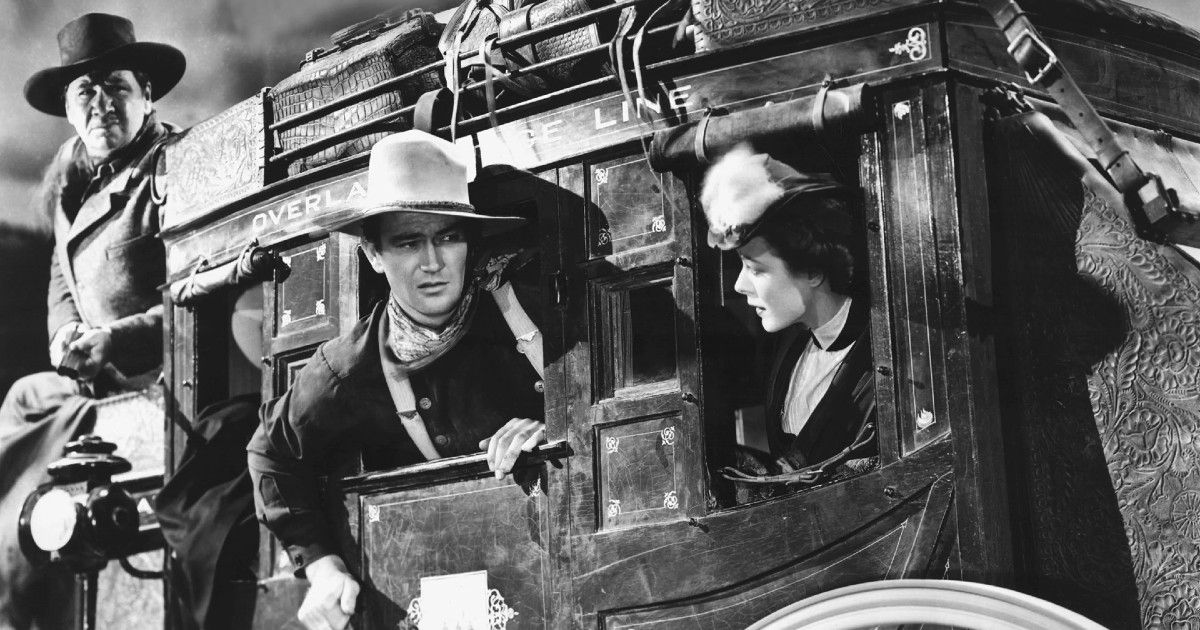
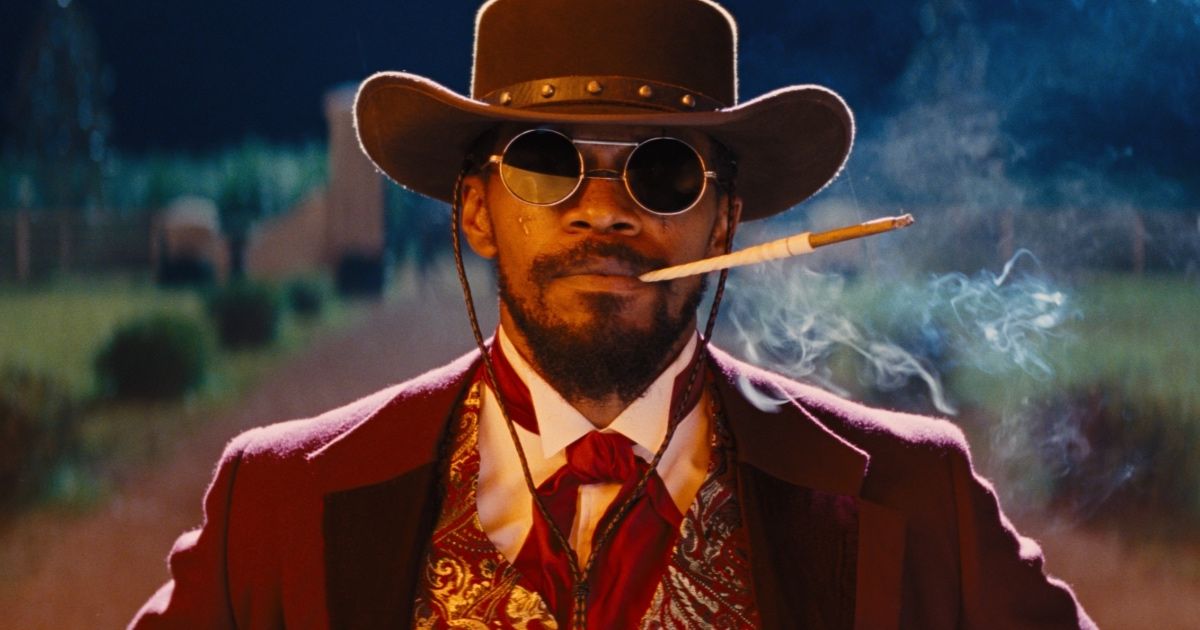
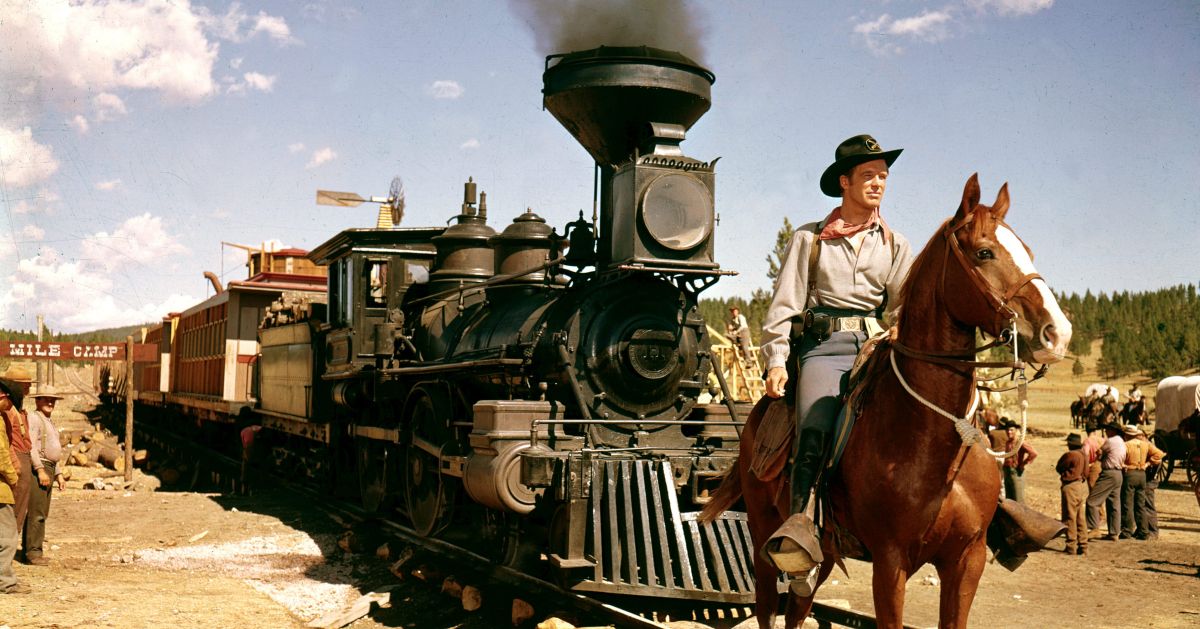
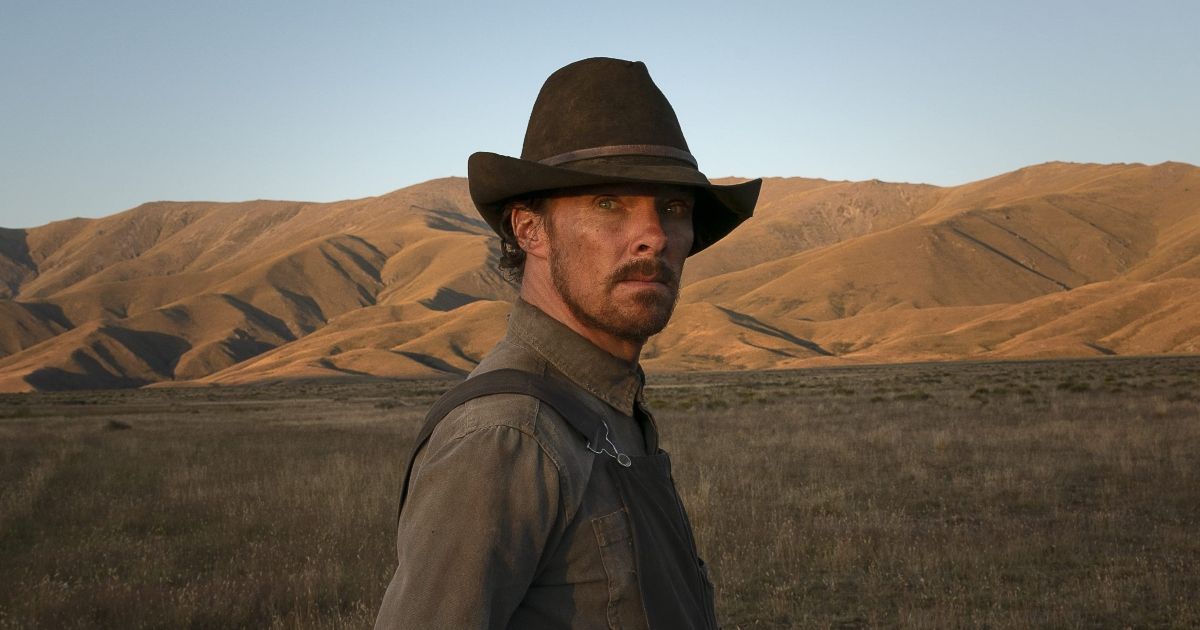
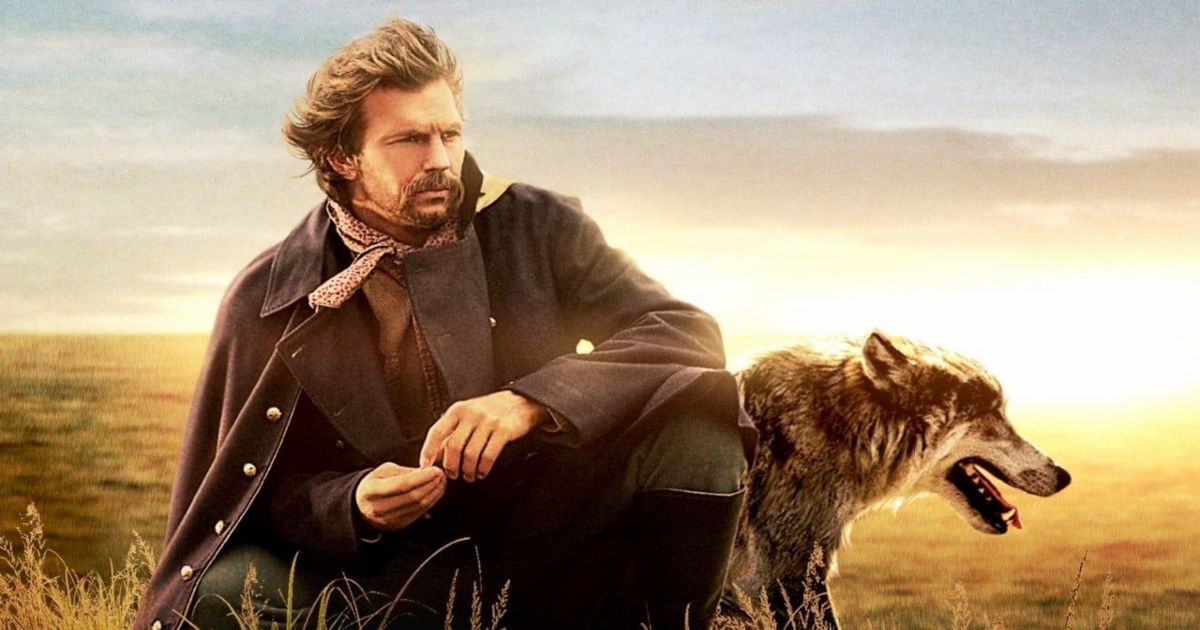
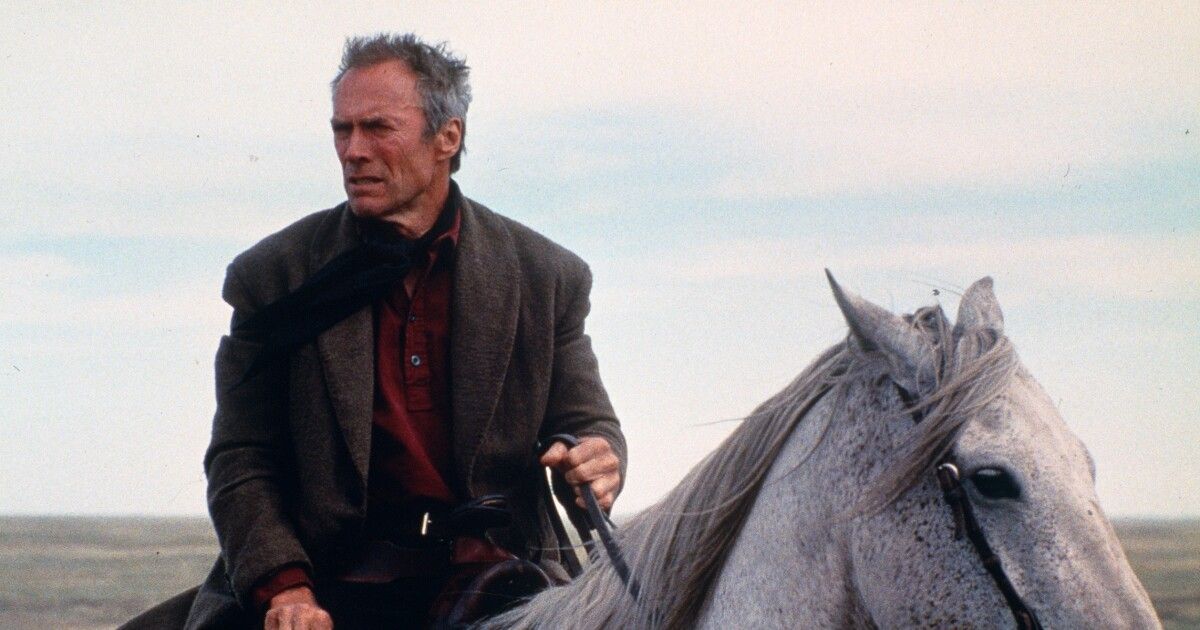
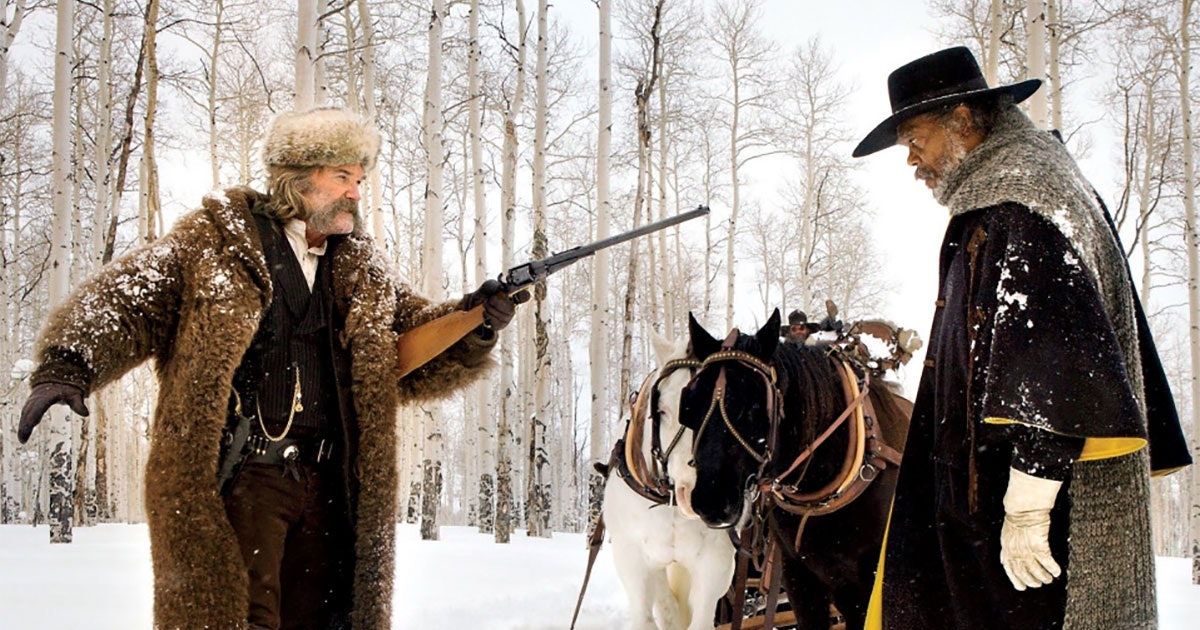
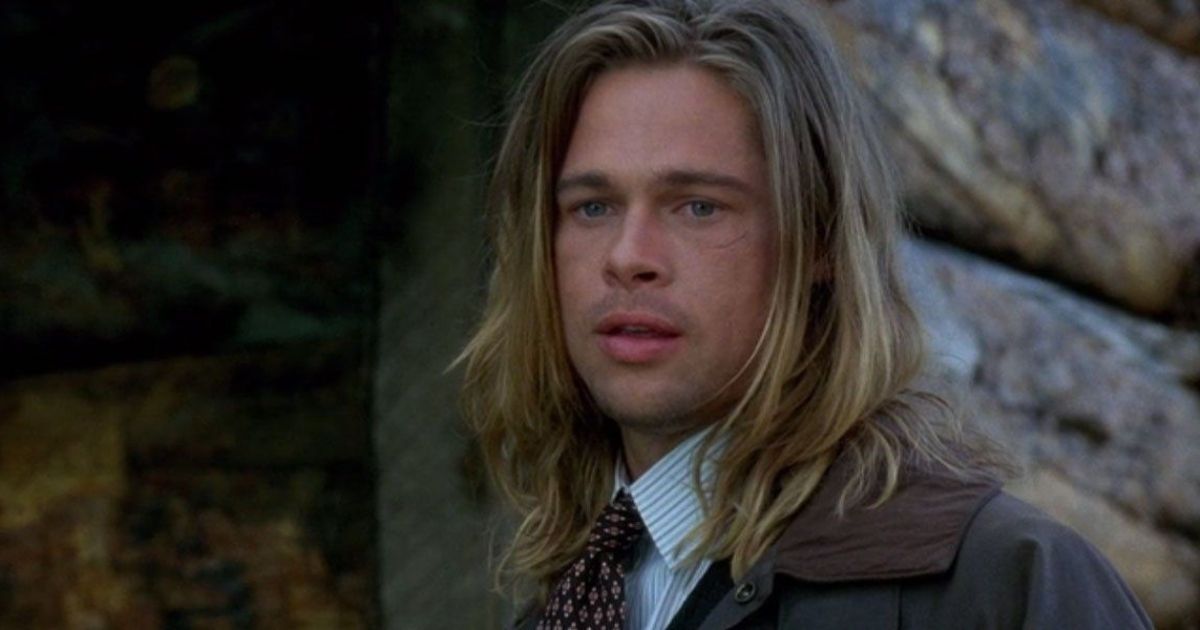
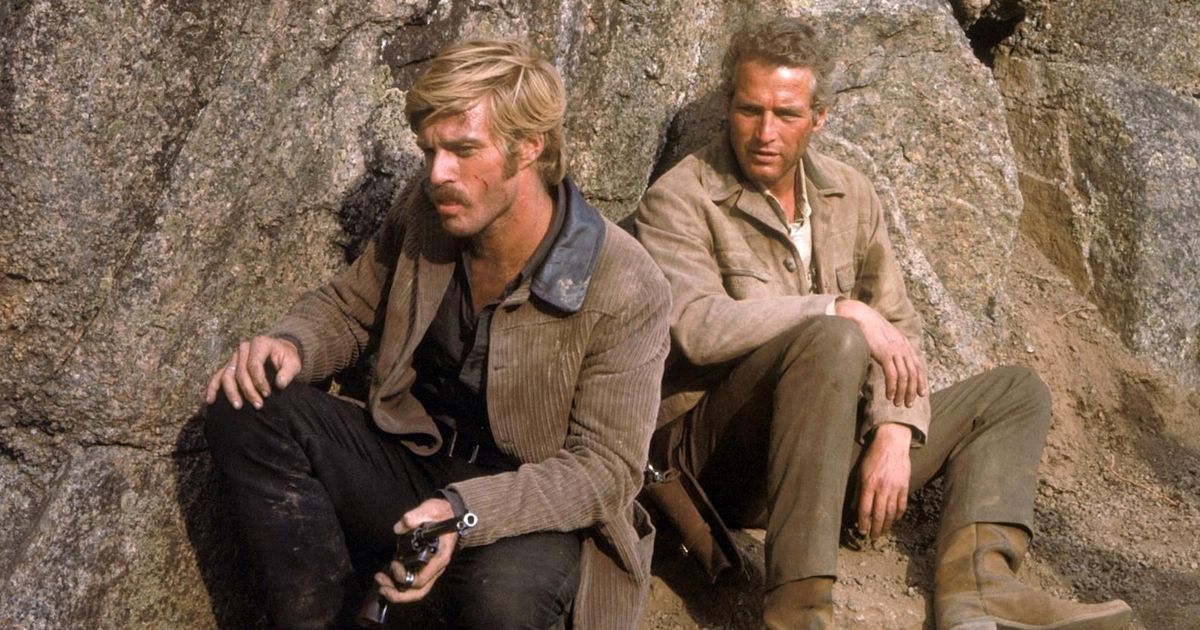
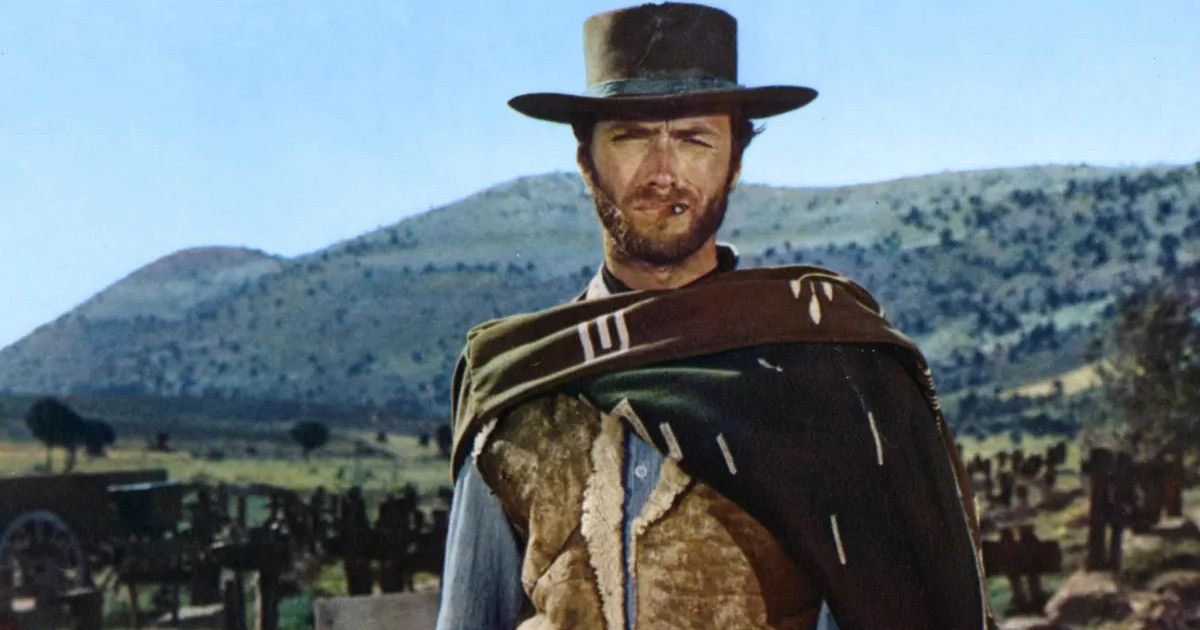
.jpg)
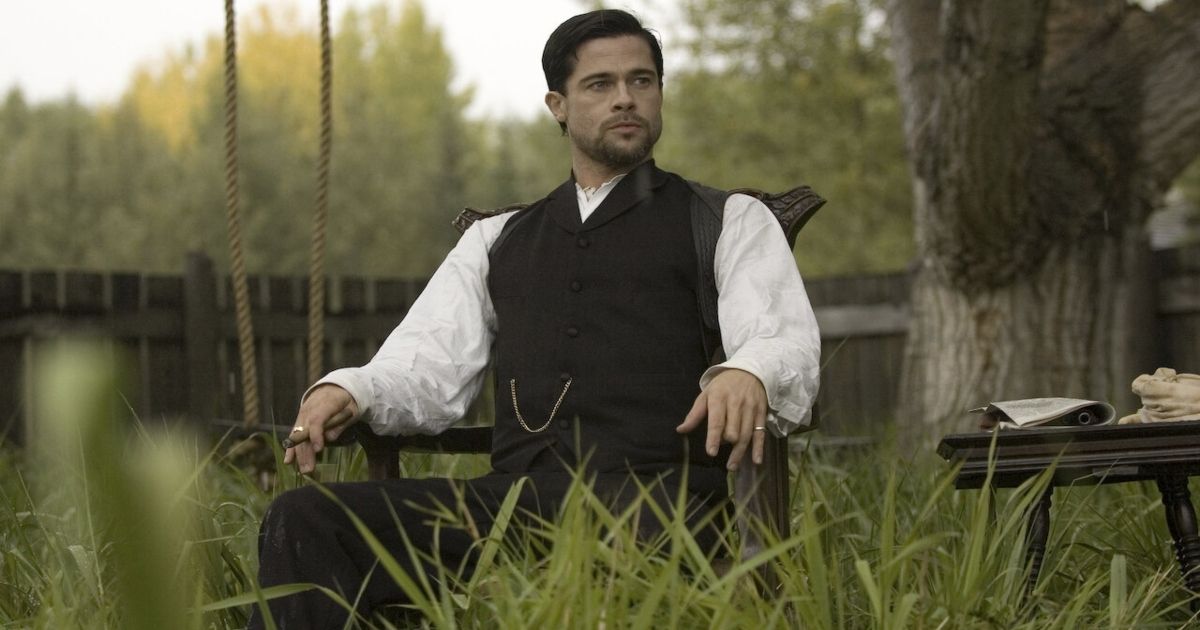
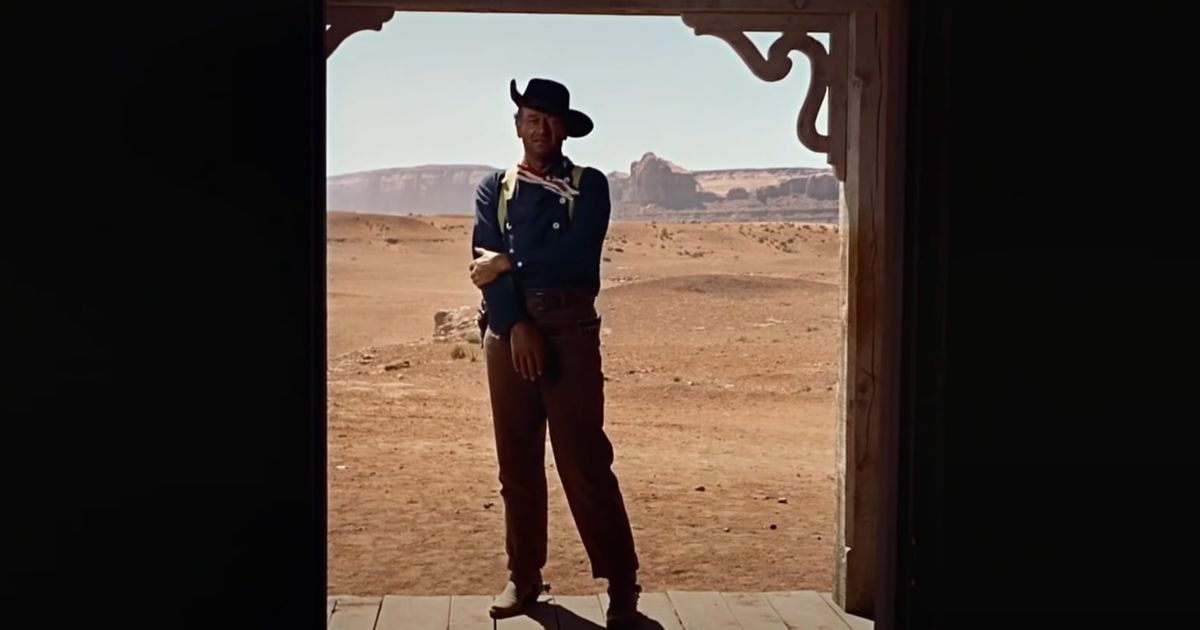
Comments
Post a Comment